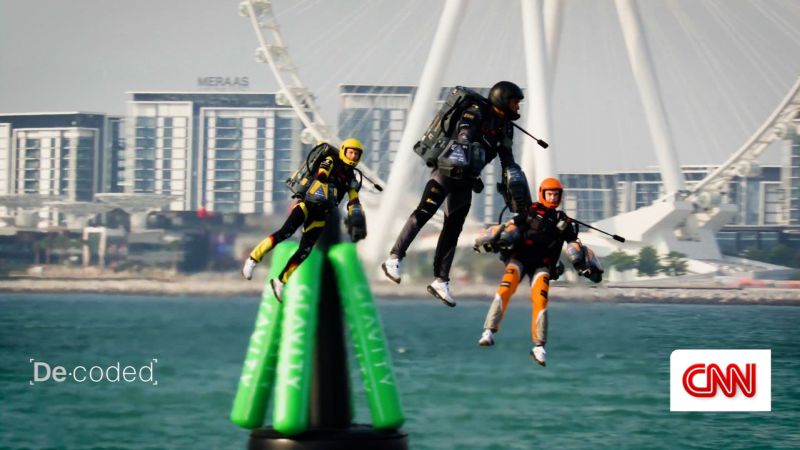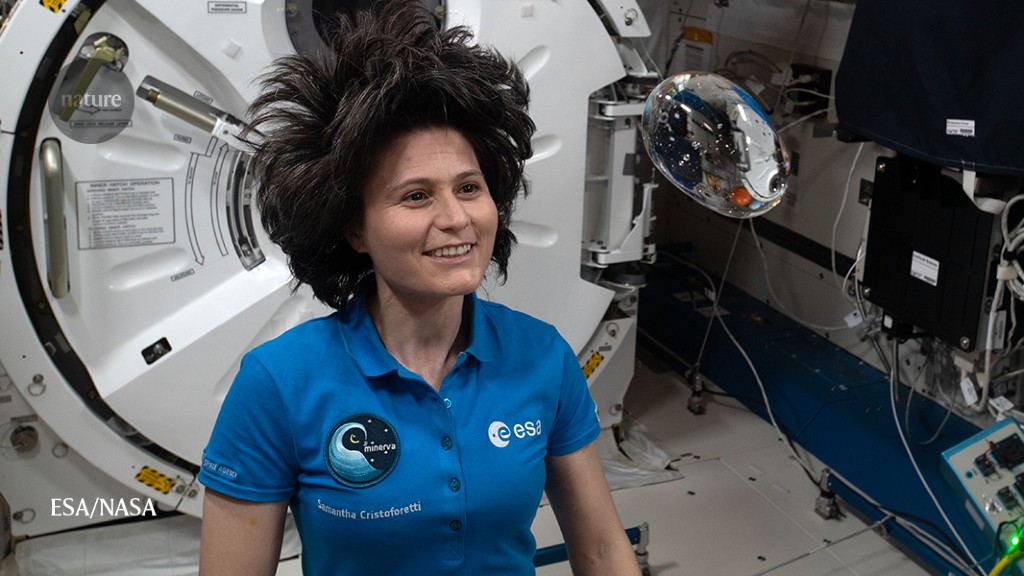I’m an astronaut with the European Space Agency. Last year, I spent five months on the International Space Station (ISS) — from late April to mid-October — and spent the last month as station commander. Before returning to Earth, my team and I set aside time for a water ‘play date’. Here, inside the ISS, I am demonstrating how water behaves in zero gravity.
You can use little tricks to make sure the water stays where you want it. Surface tension keeps the water bubble together, and you can move it by using a straw to pull on it gently, or by blowing on it. If the bubble is small enough, you can drink it. We recycle all the water onboard.
Weightlessness is not just exhilarating, it’s also an opportunity to study fundamental physics. There’s a lot of research on the space station on fluid dynamics. One study I was personally involved in looked at the sloshing behaviour of different kinds of fluid and mixes of fluids and gases in containers. The results are important for designing fuel tanks, especially for use in space, but also on Earth.
The photo was taken in the Japanese Experiment Module. This is the largest single ISS module and the least cramped, so we often use it for talking to the media or to schoolchildren. When we communicate with them, we use props, such as the balls behind me, which are models of planets and the Moon. The round thing behind me is the module’s airlock. We use it for deploying satellites, as well as hardware such as scanners for science experiments.
This was my second time on the ISS. I adapt quickly to space — I really enjoy that feeling of weightlessness. It’s a lot harder for me to come back to Earth.
I don’t know when I’m going up there again — or if I will. We’ll see how the US-led Artemis programme — which will return people to the Moon in the coming decade — evolves. Maybe there will be an opportunity for me.







More News
Judge dismisses superconductivity physicist’s lawsuit against university
Future of Humanity Institute shuts: what’s next for ‘deep future’ research?
Star Formation Shut Down by Multiphase Gas Outflow in a Galaxy at a Redshift of 2.45 – Nature